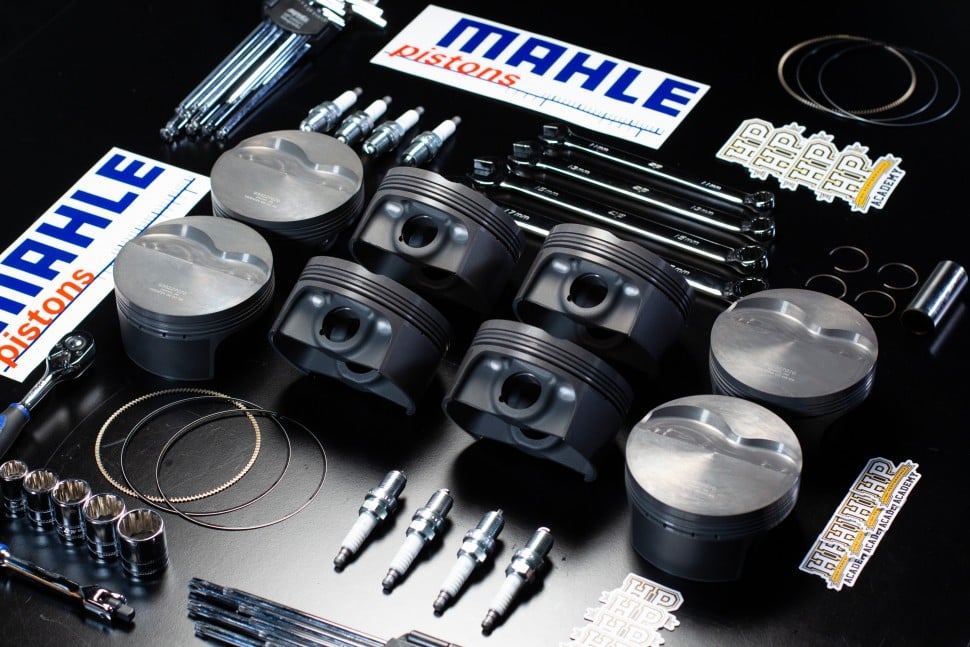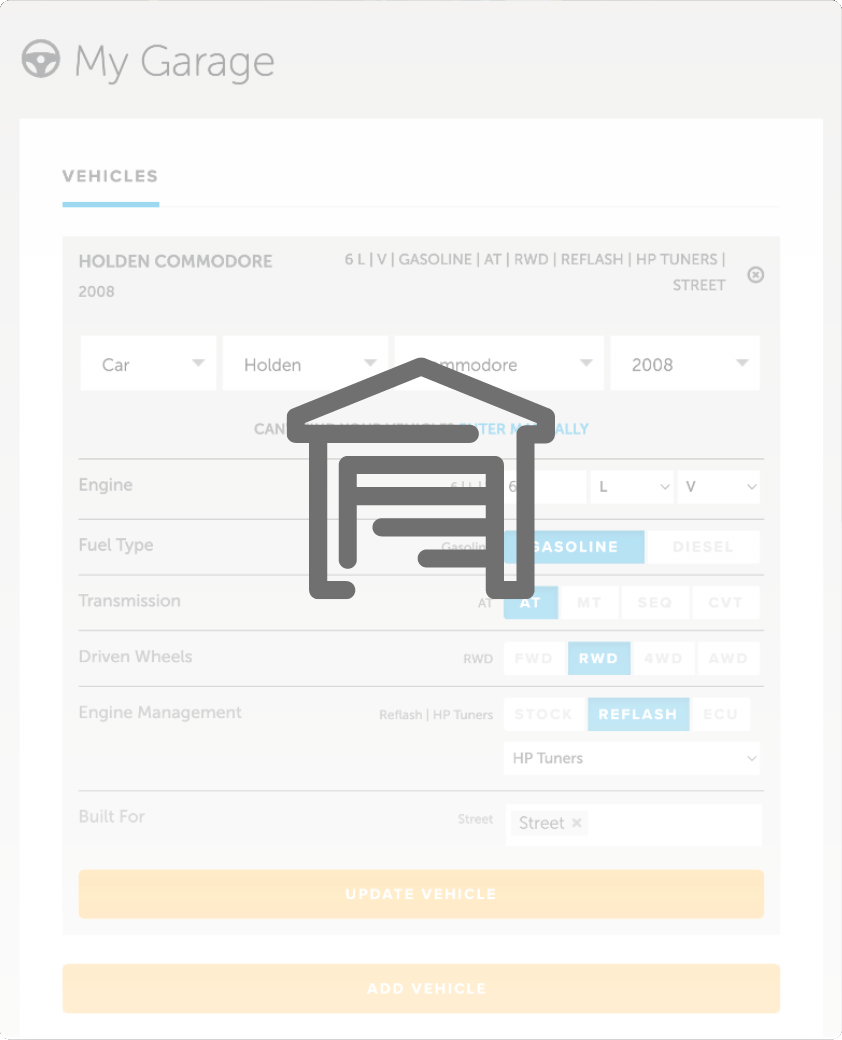| 00:00 |
- As mentioned in the electrical fundamentals section of the course, almost all the actuators we control in an EFI system are inductive to one degree or another.
|
| 00:08 |
One way we can take advantage of this inductance is with pulse width modulation.
|
| 00:13 |
Pulse width modulation is a method of providing a variable amount of power to an actuator.
|
| 00:18 |
Instead of only being able to have the actuator completely off or completely on, we can control it with more precision.
|
| 00:25 |
The way we pulse width modulate an actuator is to apply power to it and then remove it continually very quickly.
|
| 00:33 |
If we do this fast enough, the actuator will no longer be able to determine when it is powered and when it isn't, and we'll just see a lower level of power being supplied overall.
|
| 00:42 |
There are two main variables to consider when using pulse width modulation.
|
| 00:45 |
The first is the switching frequency.
|
| 00:47 |
This is how often we switch the power on and off to the device we're controlling.
|
| 00:52 |
We express this speed as a frequency or number of times per second.
|
| 00:56 |
A great example of pulse width modulation is a boost control solenoid.
|
| 01:01 |
It's typical to pulse width modulate these at a frequency of 20 hertz.
|
| 01:04 |
This means we're switching the power on and off to the device 20 times every second.
|
| 01:09 |
The second variable to consider when pulse width modulating an actuator is the duty cycle.
|
| 01:14 |
This is the ratio of time we spend applying power to an actuator versus the time we spend with the power disconnected.
|
| 01:21 |
If we look at our boost control solenoid example again, we're pulse width modulating a solenoid with a frequency of 20 hertz, or switching it 20 times per second.
|
| 01:31 |
This means every second is broken up into 20 50 millisecond time intervals.
|
| 01:36 |
If we look at just one of these 50 millisecond time intervals, we could choose to have the device powered for 25 milliseconds and then unpowered for the remaining 25 milliseconds.
|
| 01:46 |
This would be a duty cycle of 50% as half the solenoid's time is spent powered and the other half is spent unpowered.
|
| 01:54 |
If we then change the duty cycle to 10%, we would now power the solenoid for five milliseconds, and leave it unpowered for the remaining 45 milliseconds.
|
| 02:04 |
Wiring an actuator for pulse width modulation is usually no different than any other actuator.
|
| 02:09 |
We supply power to the actuator from our power supply circuit and use the ECU output channel as a low side switch to provide the ground connection.
|
| 02:17 |
However you need to ensure the ECU output channel the actuator is connected to is capable of pulse width modulation.
|
| 02:23 |
Your ECU documentation will have this information.
|
| 02:26 |
It's not unusual for multiple ECU output channels to support pulse width modulation but at different switching frequencies.
|
| 02:34 |
We've discussed a common example of switching a boost control solenoid at a frequency of 20 hertz.
|
| 02:39 |
But there are other actuators you may want to switch faster than this.
|
| 02:43 |
The actuator documentation will provide you with its optimum switching speed which you will need to ensure your ECU is capable of.
|
| 02:50 |
Most actuators we want to pulse width modulate are low current devices, and can be wired to the ECU output channel directly.
|
| 02:56 |
It is possible to pulse width modulate high current actuators such as electric water pumps or cooling fans, but this is an advanced topic and will be discussed in our advanced motorsport wiring course.
|





